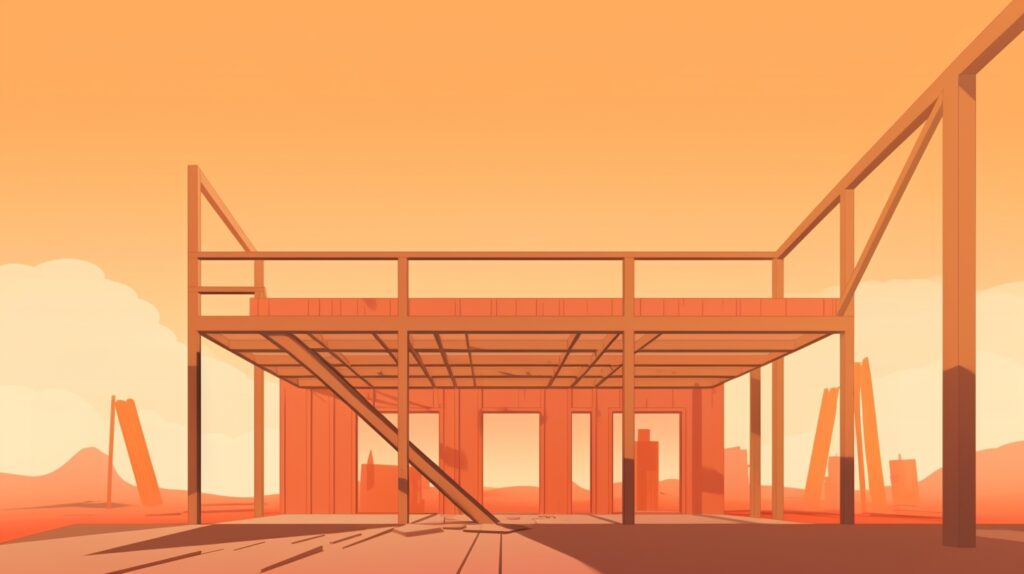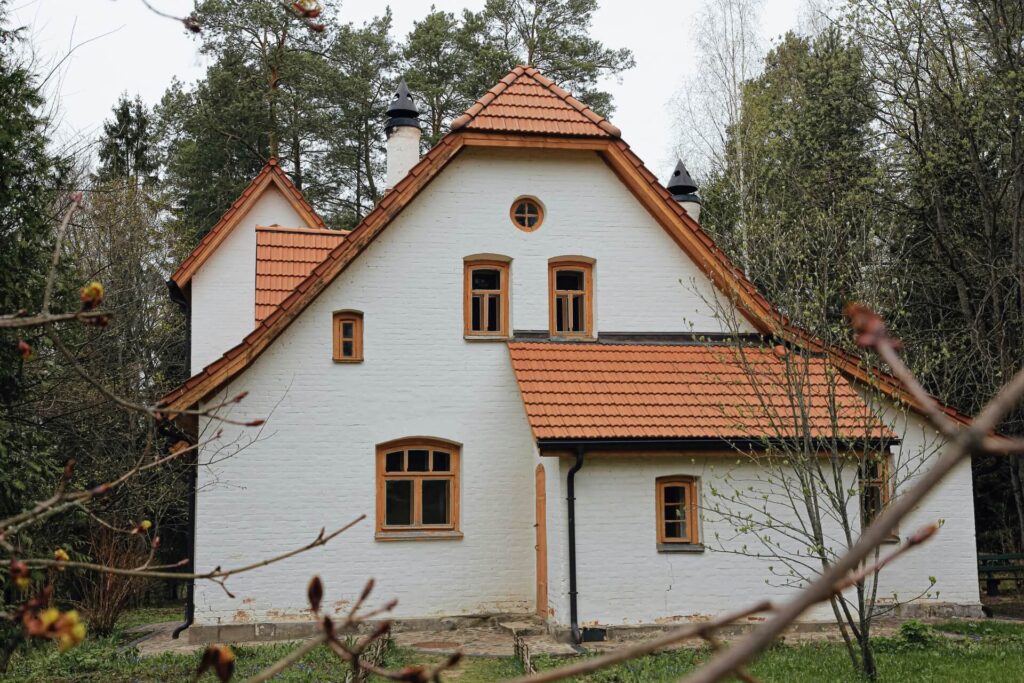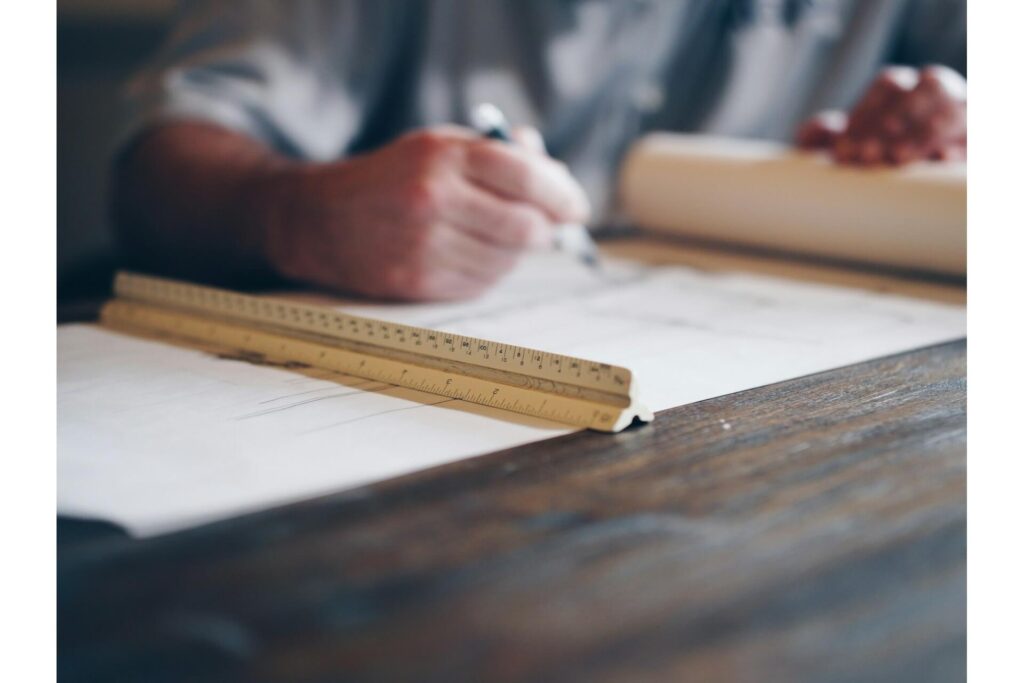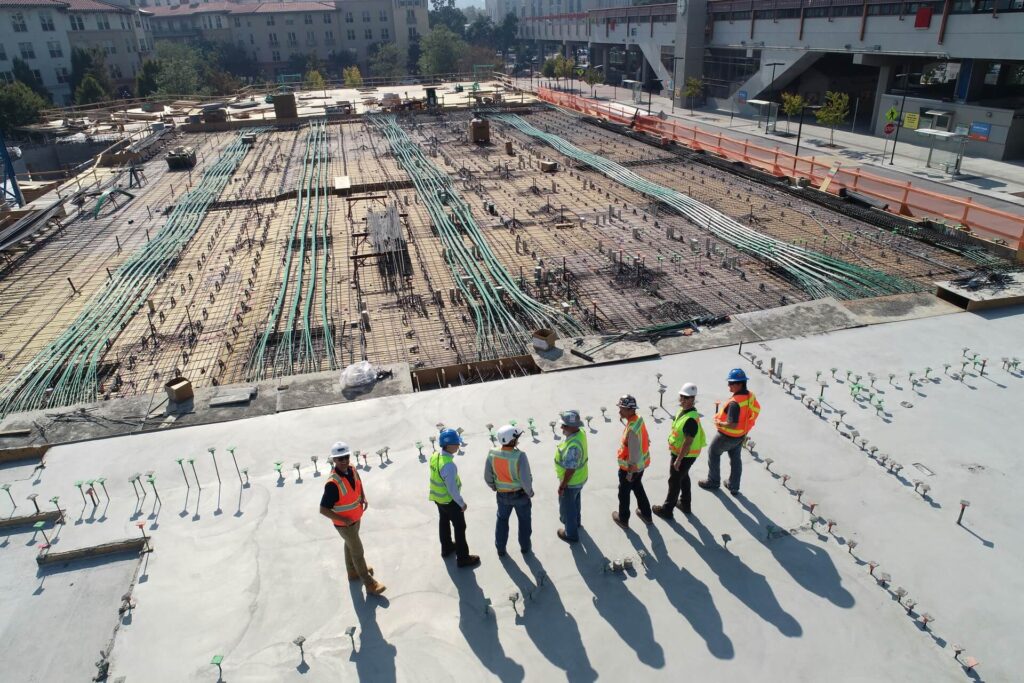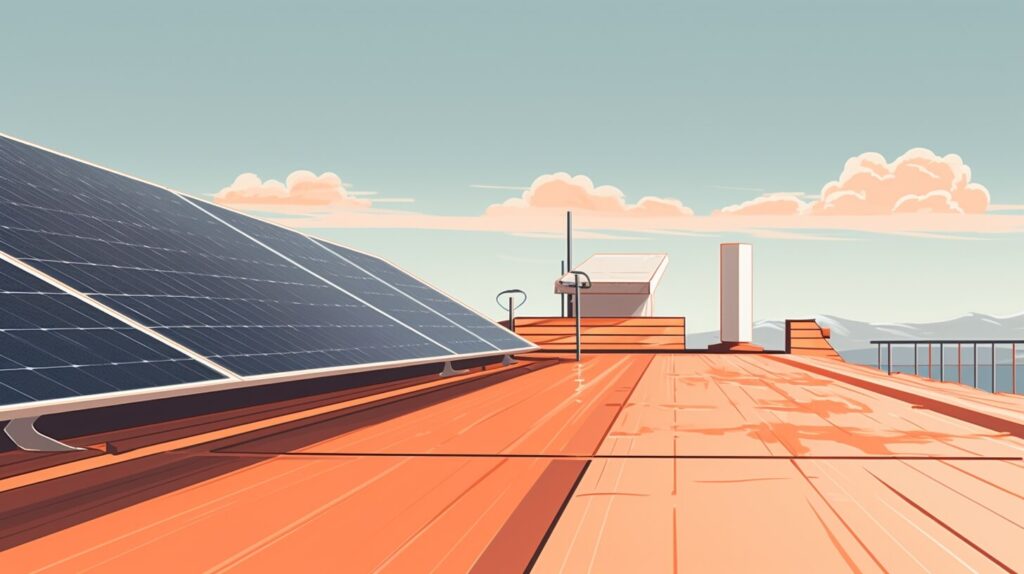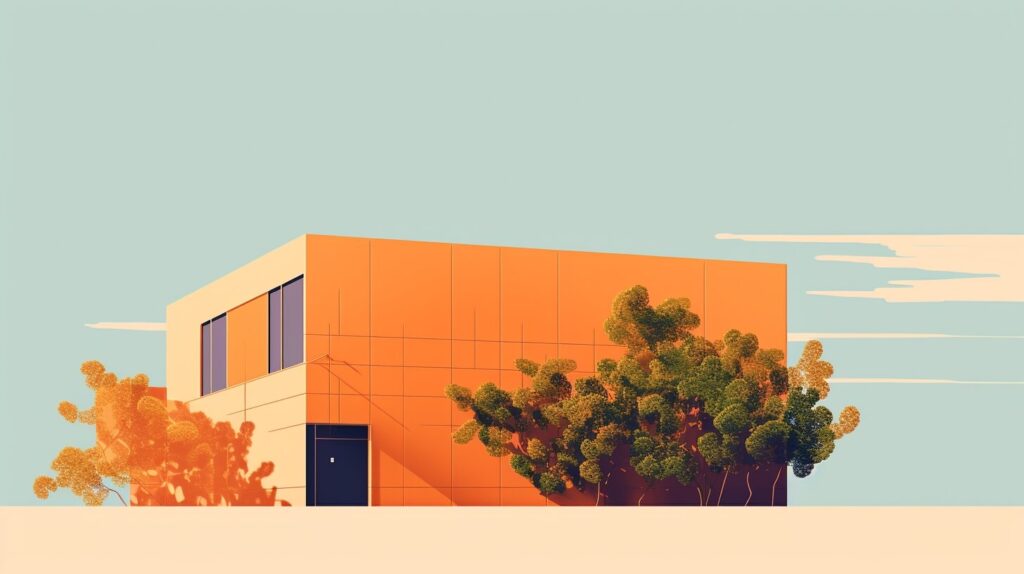Mudjacking 101: Techniques, Applications and Best Practices
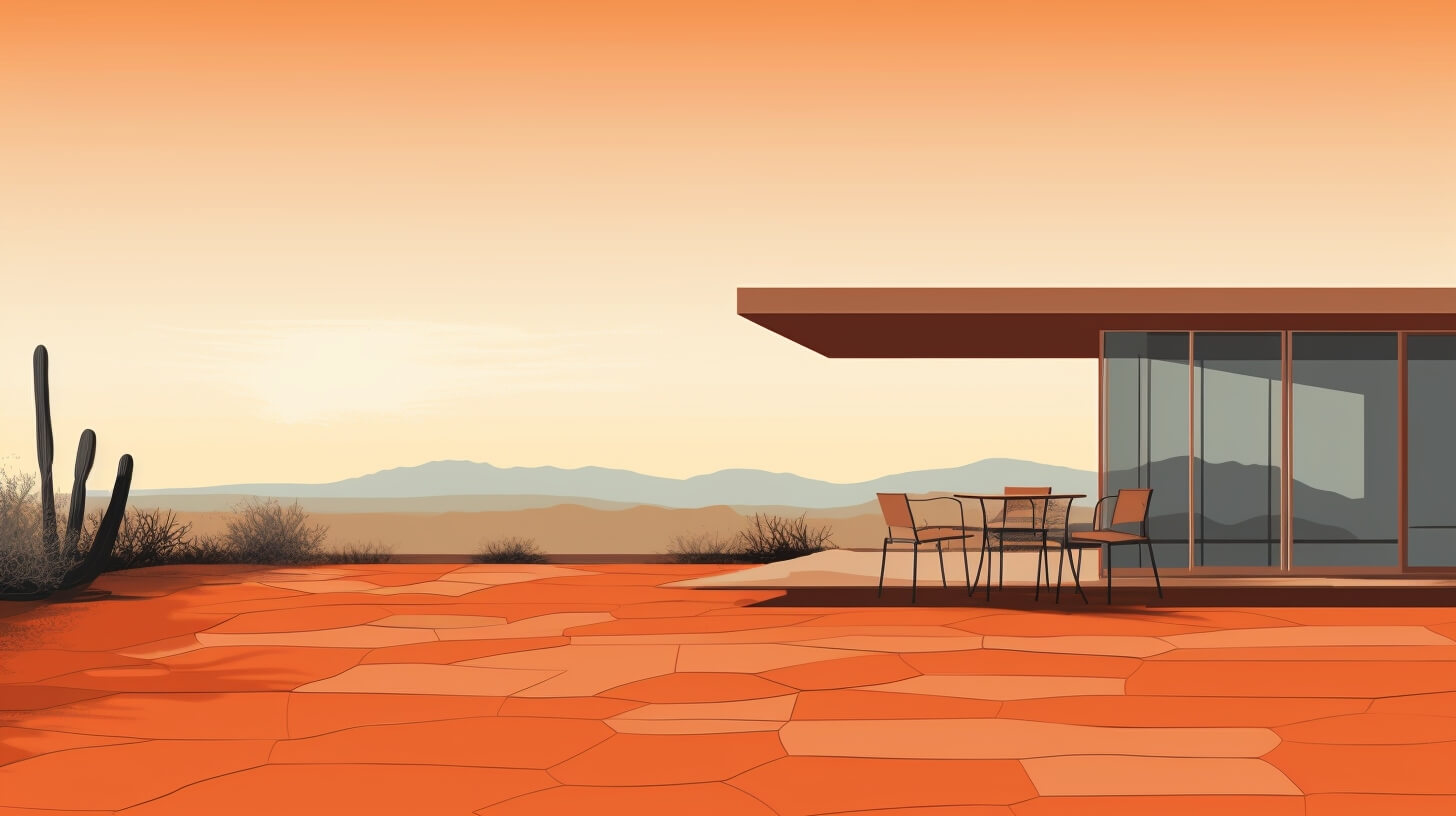
We are reader-supported. When you buy through links on our site, we may earn an affiliate commission.
Uneven concrete can be more than just an eyesore. It poses tripping hazards, affects drainage and signals deeper foundation issues. That’s where mudjacking comes in. From understanding the mudjacking process to comparing DIY efforts with professional mudjacking services, you’ll have everything you need to know.
What Is Mudjacking? Understanding the Process
Mudjacking is a dependable method for elevating sunken concrete areas without replacing whole slabs. The process uses a mixture — made from water, sand, and cement — to inject through these holes. This slurry fills the voids beneath the slab, gradually lifting it to its original level. Once raised, the holes are sealed and the surface is ready for use in just a few hours.
Compared to full concrete replacement, mudjacking is quicker, cleaner and more affordable. Plus, it causes minimal disruption and delivers lasting results when done correctly.
The primary materials include:
- Portland cement for binding strength
- Sand to create density
- Additives that improve flow or cure time, depending on soil and climate conditions
Mudjacking for foundation repair offers many benefits. It stops further settling, reinforces structural integrity, and extends the life of your foundation. Unlike foam injection, mudjacking uses natural materials, which many homeowners prefer for environmental reasons. Actually, 37% of worldwide carbon emissions come from the construction sector, highlighting the need for positive change.
DIY Mudjacking vs. Professional Services
Before you begin, it’s important to understand how DIY mudjacking compares to hiring a professional. Each option has its own benefits and risks depending on the scope of the project and your level of experience.
Step-By-Step Mudjacking Guide for Homeowners
If you’re confident in your abilities, DIY mudjacking may be an option for smaller surfaces like sidewalks or patios. To get started, you’ll need a hydraulic grout pump, a great tool for pumping the mudjacking mixture beneath the concrete.
Furthermore, the best way to drill into concrete slabs is using a hammer drill with a carbide bit. Also, remember to have marking tape, a level, concrete patching compound and concrete repair caulk on hand. Always remember to wear safety equipment like gloves, safety glasses, and a face mask.
The basic steps include:
- Determine the area
- Drill holes evenly across the sunken area
- Mix the slurry to the right consistency
- Inject the slurry gradually, monitoring the lift
- Seal the holes with concrete patch
- Allow proper curing time before applying pressure
Pros and Cons of DIY
The main advantage is cost savings. However, there are some risks, such as improper mix ratios, overlifting or missed voids can lead to further damage. You will also need essential tools and materials needed for DIY mudjacking and a working knowledge of concrete behavior. If you’re dealing with extensive settling or foundation repair, it’s better to consult professionals.
Mudjacking Cost: What to Expect
The mudjacking cost depends on several variables, such as the size of the area to be lifted, the depth of voids, and the degree of sinking. Also, the material volume and complexity of the injection process, plus labor rates based on your location.
On average, residential mudjacking ranges between $600 and $2000 per job. Plus, the most entry-level construction jobs make between $12.26 and $36.54 per hour — depending on location, contractor and job responsibilities.
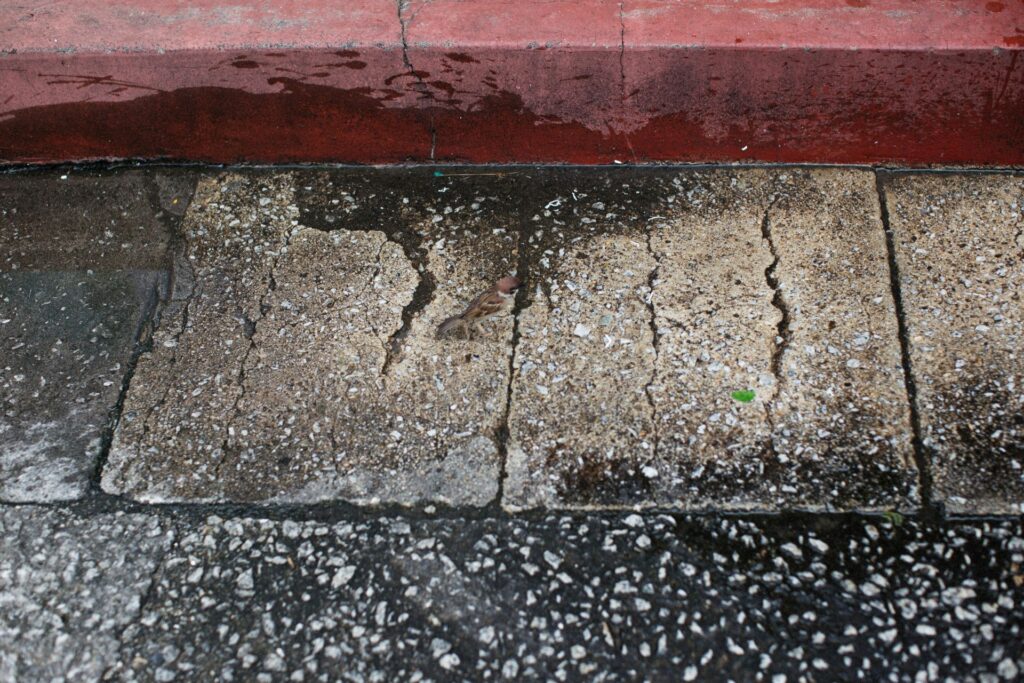
Best Practices for Successful Mudjacking Projects
Whether you’re planning a DIY mudjacking job or hiring a professional, proper preparation is key to achieving long-term results.
Start by clearing debris and thoroughly cleaning the work area, which prevents slurry contamination and improves surface bonding. Always locate underground utilities before drilling to avoid damage. If you’re planning to dig, make sure to call 811 or visit your state 811 center’s website a few business days in advance. This allows you to request that the approximate locations of any buried utilities be marked with paint or flags, which will help you avoid unintentionally striking an underground utility line.
After the concrete is level, seal any visible cracks and apply a waterproof barrier if necessary. Prevent water from pooling by checking your drainage system. Regular inspections will help catch any early signs of resettling before major problems develop.
Common Challenges in Mudjacking and How to Overcome Them
Mudjacking is a useful solution, yet it has its challenges. One of the most common problems is hidden voids under the surface. These voids can lead to uneven lifts or cause the surface to settle again. Another concern is soil instability, particularly in regions with expansive clay or inadequate drainage. In such situations, contractors might reinforce the soil by incorporating lime or applying a specialized slurry mix.
Selecting appropriate materials is key for strengthening weak subgrades. To avoid future settling, enhance surface drainage and ensure gutters remain unobstructed. Plus, regular maintenance significantly contributes to safeguarding your foundation.
When to Hire Professional Mudjacking Services
There are obvious indicators that suggest it’s time to reach out to a professional. For instance, cracks begin to appear on slabs and basement walls exhibit stress or are leaning. Additionally, if you notice a significant slope or tilt in walkways or if there is ongoing water pooling close to the foundation. And finally, uneven floors within the house.
In these scenarios, contractors use specialized equipment to efficiently oversee lifts and precisely identify underground voids. They also have the necessary skills to address unstable soil conditions and select the right slurry mix for the job. It’s important to take some time in the preconstruction phase — this is where the optimization of the project roadmap occurs. During this phase, constructors outline and strategize, which helps to lessen exposure to supply chain risks and reduce budget overruns from beginning to end. Once all details are organized, the project can start.

Top 5 Professional Mudjacking Services
If you’re dealing with significant concrete settling or structural issues, it’s best to contact experienced professional mudjacking services. These companies specialize in both residential and commercial projects:
1. Uretek
Uretek is a pioneer in pavement solutions known for its commitment to environmentally responsible practices. The company’s proprietary UDI Process® is minimally invasive, while its patented 486® Star Polymer is both non-toxic and non-hazardous, ensuring safe interaction with soil and groundwater. From the initial deployment to the final cleanup, Uretek emphasizes safety, precision, and minimal disruption at every stage of the project.
2. The Mud Jacking Constructor
With over 20 years of experience, The Mud Jacking Constructor provides advanced concrete repair solutions across Long Island. It uses state-of-the-art equipment and expertise to deliver permanent and innovative concrete leveling and repair services. Its focus on guaranteed quality has made them a trusted choice for customers and contractors alike.
3. Concrete Chiropractor
Concrete Chiropractor specializes in concrete repair and leveling for sidewalks and patios across New Jersey and parts of Eastern Pennsylvania. It also saves customers 50% to 70% compared to replacement by lifting existing concrete rather than replacing it. Certified by HomeAdvisor and BBB A+ rated, it emphasizes quality, customer service, and business growth.
4. Ram Jack
Established in 1985, Ram Jack is a leading foundation repair company specializing in structural repairs and mud jacking for larger properties nationwide. It uses patented, American-made steel products, and their warranties often transfer to new homeowners. Because of its professionalism, Ram Jack offers financing options and guarantees customer satisfaction on every job.
5. HMI Company
Established in 1985, Ram Jack is a leading foundation repair company specializing in structural repairs and mud jacking for larger properties nationwide. It uses patented, American-made steel products, and their warranties often transfer to new homeowners. Known for professionalism, Ram Jack offers financing options and guarantees customer satisfaction on every job.
Frequently Asked Questions
What Are the Signs That Indicate Your Home Needs Mudjacking Services?
Cracks in sidewalks, sinking patios, uneven driveways and foundation shifting are clear indicators.
How Long Does the Mudjacking Process Take?
Most residential jobs take from one to four hours, with walkable surfaces ready the same day. It takes from one to 72 hours to dry.
Can I Stay in My Home During the Mudjacking Process?
Yes, most homeowners can remain in the home during the process since it’s quick, quiet, and minimally disruptive.
Is Mudjacking Covered by Homeowners Insurance?
Mudjacking is usually considered a maintenance issue and not covered by standard policies. However, it’s best to check with your provider.
Concrete Solutions That Stand the Test of Time
Mudjacking offers a reliable, cost-effective solution for lifting uneven concrete and stabilizing foundations. It’s faster, cleaner and more affordable than slab replacement. Whether you choose DIY mudjacking or hire professional mudjacking services, knowing the process, materials and best practices can help you make the right decision. Instead of waiting until minor cracks turn into major repairs. Early action can save you thousands and protect the long-term value of your home.

